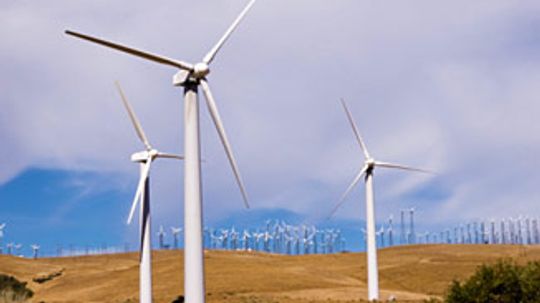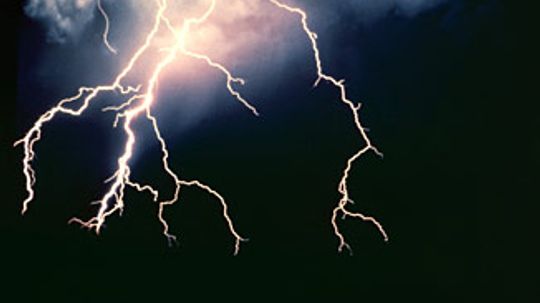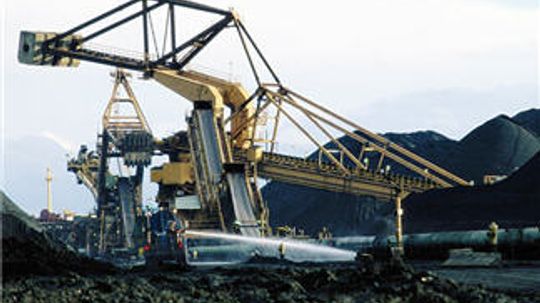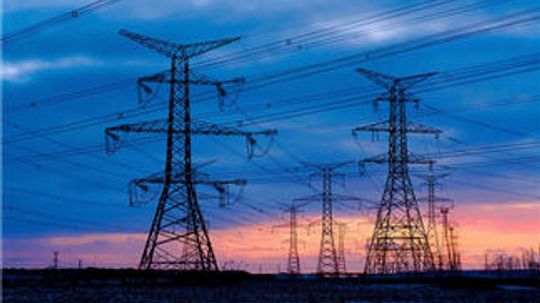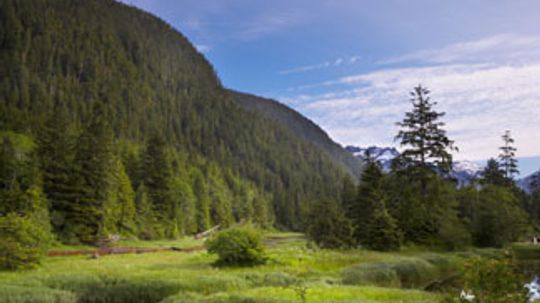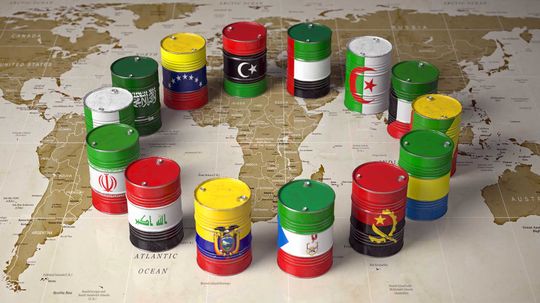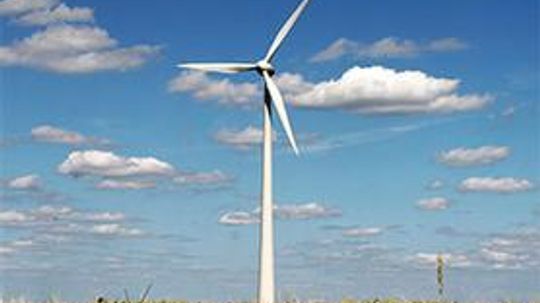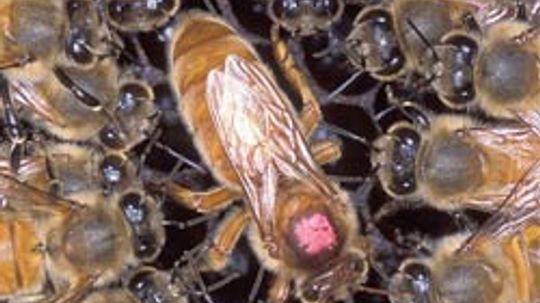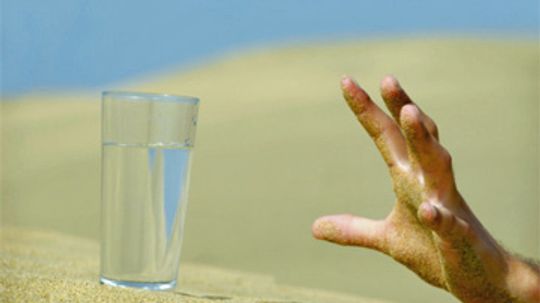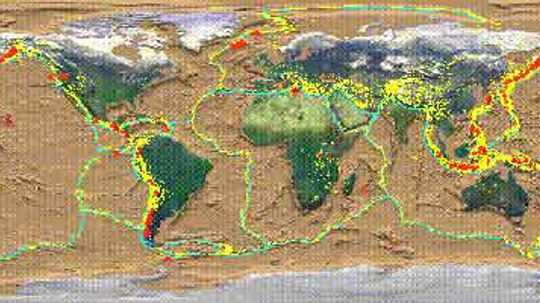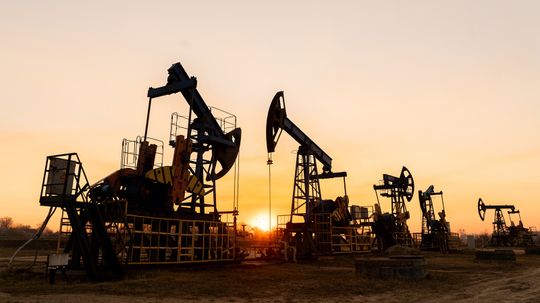Environmental Science
The environment is truly a thing of beauty and should be protected whenever possible. What can we do to save the environment, and what new technology is available to help us?
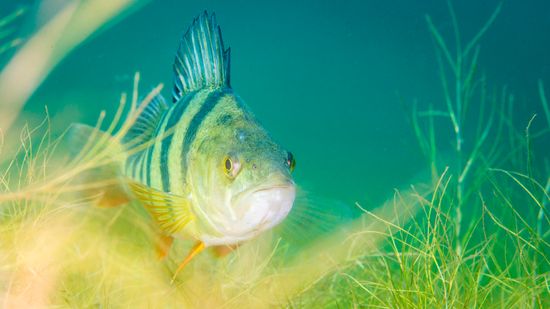
The Fish Doorbell Isn't a Joke ... Seriously
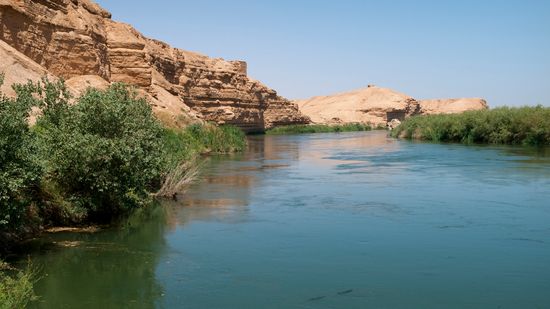
The Euphrates River, at the 'Cradle of Civilization,' Is Drying Up
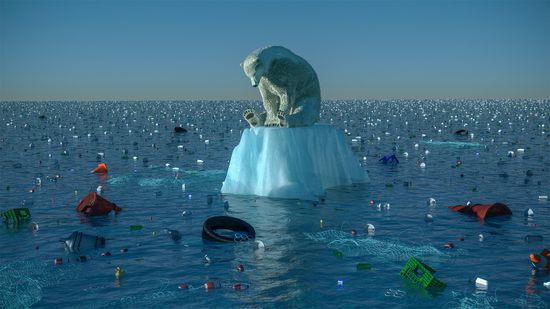
Study Says 2035 Is Climate Change Point of No Return
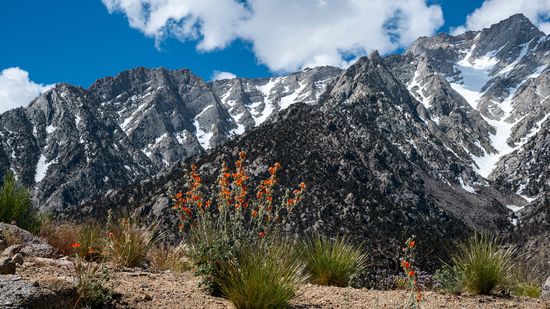
What State Has the Most Mountains in the U.S.? 8 Peak Records
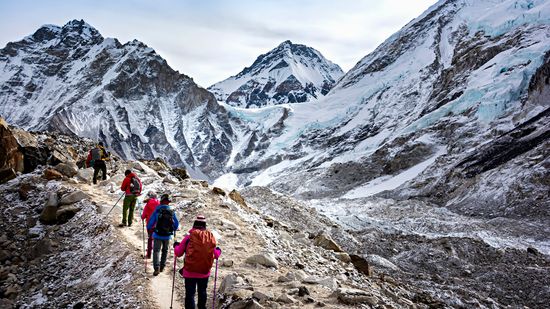
The Most Dangerous Mountain to Climb (and 14 Giving Steep Competition)
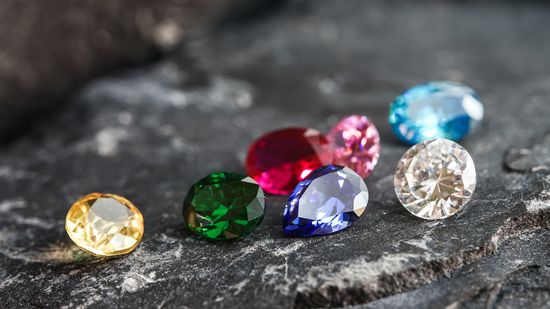
15 Types of Gemstones to Add a Little Sparkle to Your Life
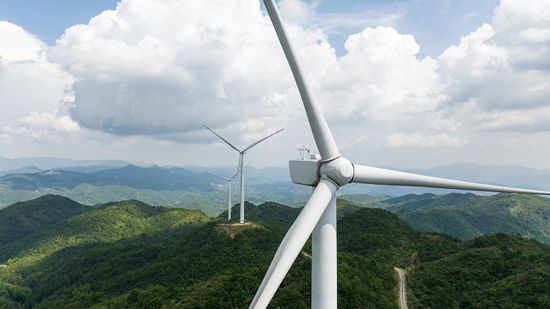
How Many Birds Are Killed by Wind Turbines, Really?

How a Lithium Mine Works and Impacts Local Communities
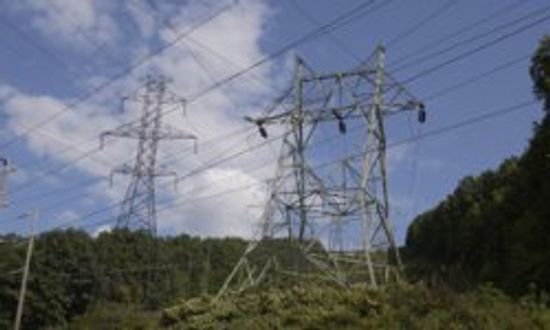
How to Sell Electricity Back to the Grid

The Worst Air Quality in the World Is in Mountainous Terrain

The World Hits 8 Billion People; Is That Good or Bad?
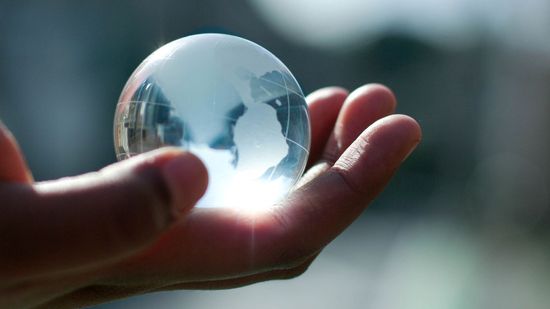
Quiz: Can You Tell Climate Change Fact From Fiction?

6 Most Futuristic Cities Powered by Renewable Energy
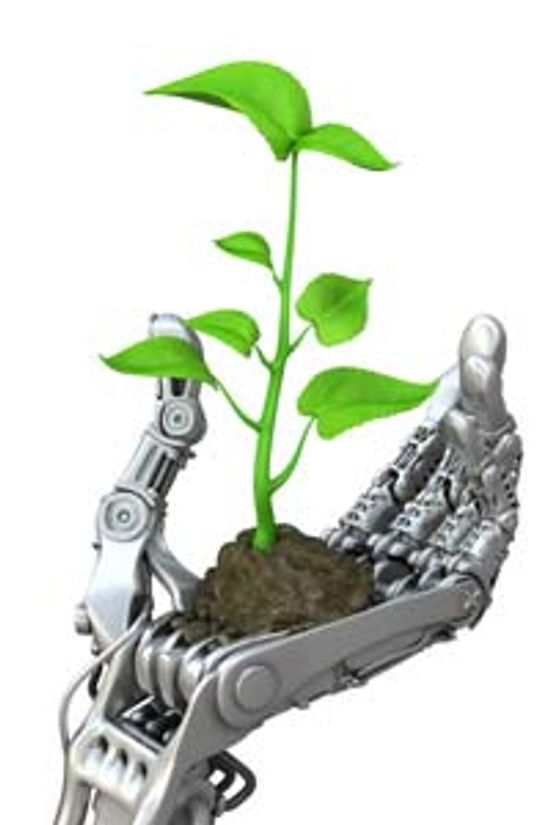
Top 5 Green Robots

5 Things to Consider When Building a Solar-powered Home
Learn More / Page 4
Over the years, many theories have been advanced about why the once-mighty Mayan civilization fell. But a newer one is getting attention: Was it because of climate change?
With the world's population expanding and its arable land shrinking, how in the world are we going to have enough food to feed everyone? Here are five ways.
Wind farms are touted for their ability to capture a clean, renewable energy source. Is producing wind energy as beneficial as it seems, or are there any downsides?
By Lance Looper
Advertisement
Energy has been on everybody's minds lately, probably because our society is in a transition period, trying to move from polluting sources to cleaner ones.
Coal dominates the power industry in the U.S., producing nearly half of all electricity consumed in the country.
Environmental awareness is at an all-time high. We've moved beyond the message that littering is bad -- today we have Web sites, television programs, documentaries and books examining our impact upon the environment.
For most of the developed world, a flick of a switch brings the lights, television, computer, and dozens of other gadgets and appliances to life without question.
Advertisement
Shedding light on dark energy has been a bit of a challenge for today's astronomers. What dark energy actually is goes beyond our present scientific understanding.
By Talal Al-Khatib
No one would blame you if you're sick of hearing about carbon. Every day it seems there are news stories about rising carbon levels, carbon emissions and even the search for new carbon-based life forms
The United States is the world's top producer of oil, but it still depends on foreign countries for millions of barrels, as well. Will there ever be a time when the U.S. is totally independent when it comes to oil production?
As with most lessons, children learn by watching their parents, so it's up to you to teach them how to live a sustainable life.
Advertisement
While water falls from the sky in the form of rain, it may be hard to explain to your kids that clean water actually isn't infinite. We'll show you how to get the message across.
By Sara Elliott
Celebrated since 1970, Earth Day is a time to honor Mother Earth and pay attention to what we're doing to her. It's also a great day to get your kids involved.
By Sara Elliott
You probably do your best to make sure your children are environmentally responsible, but sometimes the whole family needs a little kick start. Here are five fun ways to teach your kids more about being green.
Why can't we generate all the electricity we need from the wind? Learn more about generating energy from wind power.
Advertisement
The cost of solar panels depends on how sunny it is where you live, how much you spend on electricity and what size PV system you need. Learn what factors into the cost of solar panels in this article.
Insects and biodiversity go hand in hand. Without insects our planet would not survive as they are essential to biodiversity. Check out this gallery on the relationship between insects and biodiversity.
Biodiversity means rainforests and reefs teeming with species right? There's more to it than that though. Genetic diversity has a big role to play, too. Just ask that cheetah cub.
Do you ever play that game in which you select the items you'd bring if you got stuck on a desert island? Along with that treasured bootleg recording of your favorite band, we think that an endless supply of water should be at the top of your list. Here's why.
Advertisement
This green science image gallery shows eco-friendly applications as they apply to scientific disciplines. Take a look at these green science pictures.
Though not everyone agrees why the Earth is getting warmer, temperatures are inching up worldwide. A couple of degrees doesn't seem like such a big deal. What difference can a subtle change make?
The mighty Romans certainly never thought it would happen to them, but the sun eventually sets on even the most powerful empires. Is there more to the story than war?
By Robert Lamb
The world of our far-future descendants may be as unrecognizable to us as our bustling, urbanized world would be to our bewildered ancient forefathers. Will energy drive many of those changes?
By Robert Lamb
Advertisement
A common misconception is that magma comes from the Earth's molten core. It really comes from the mantle, the layer between the core and the crust. Will it ever run out?
The global oil supply can't meet the demand forever. Will the last drops of oil lead to widespread anarchy, the end of globalization and the relentless exploitation of previously protected drilling sites?
By Robert Lamb & Sascha Bos


